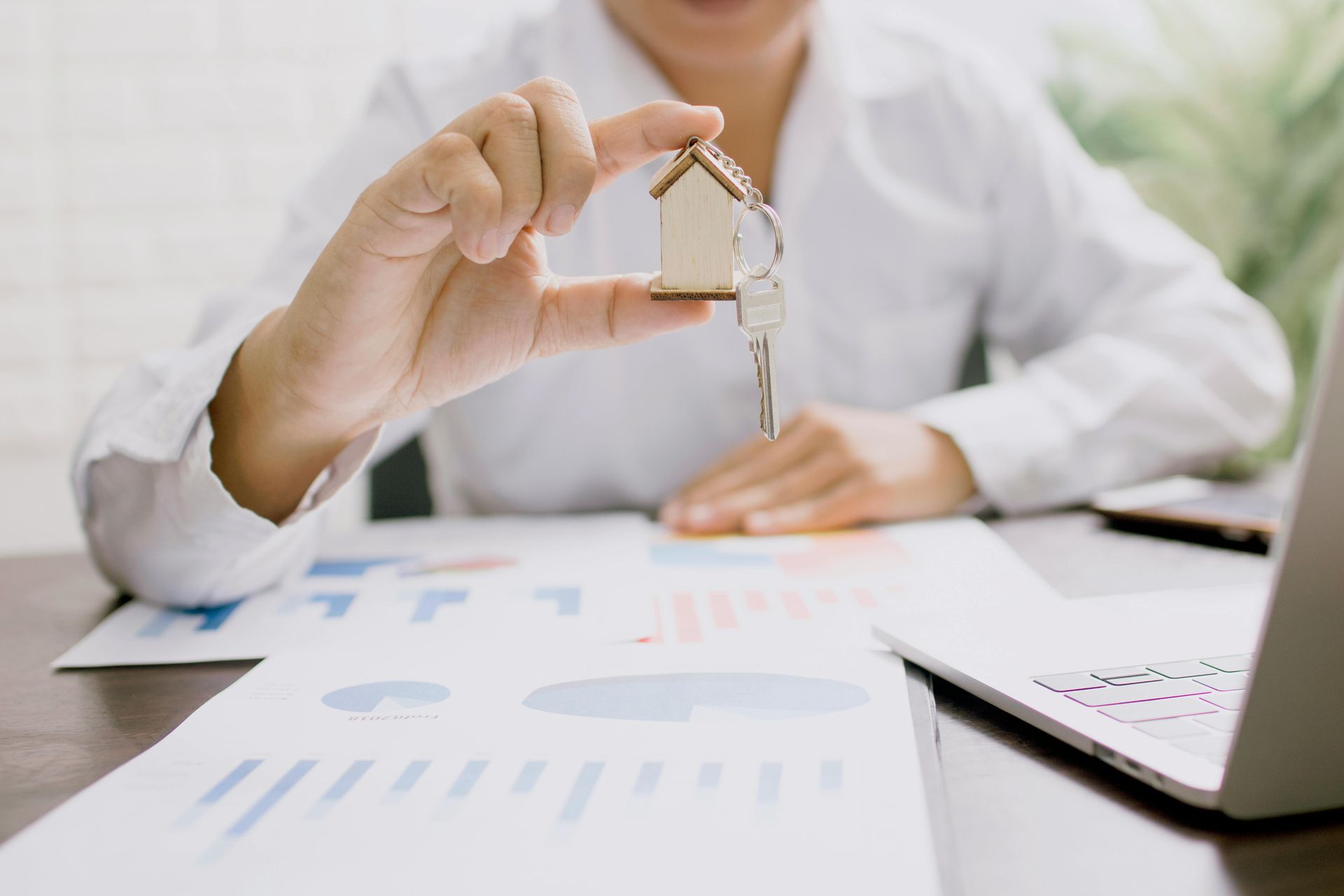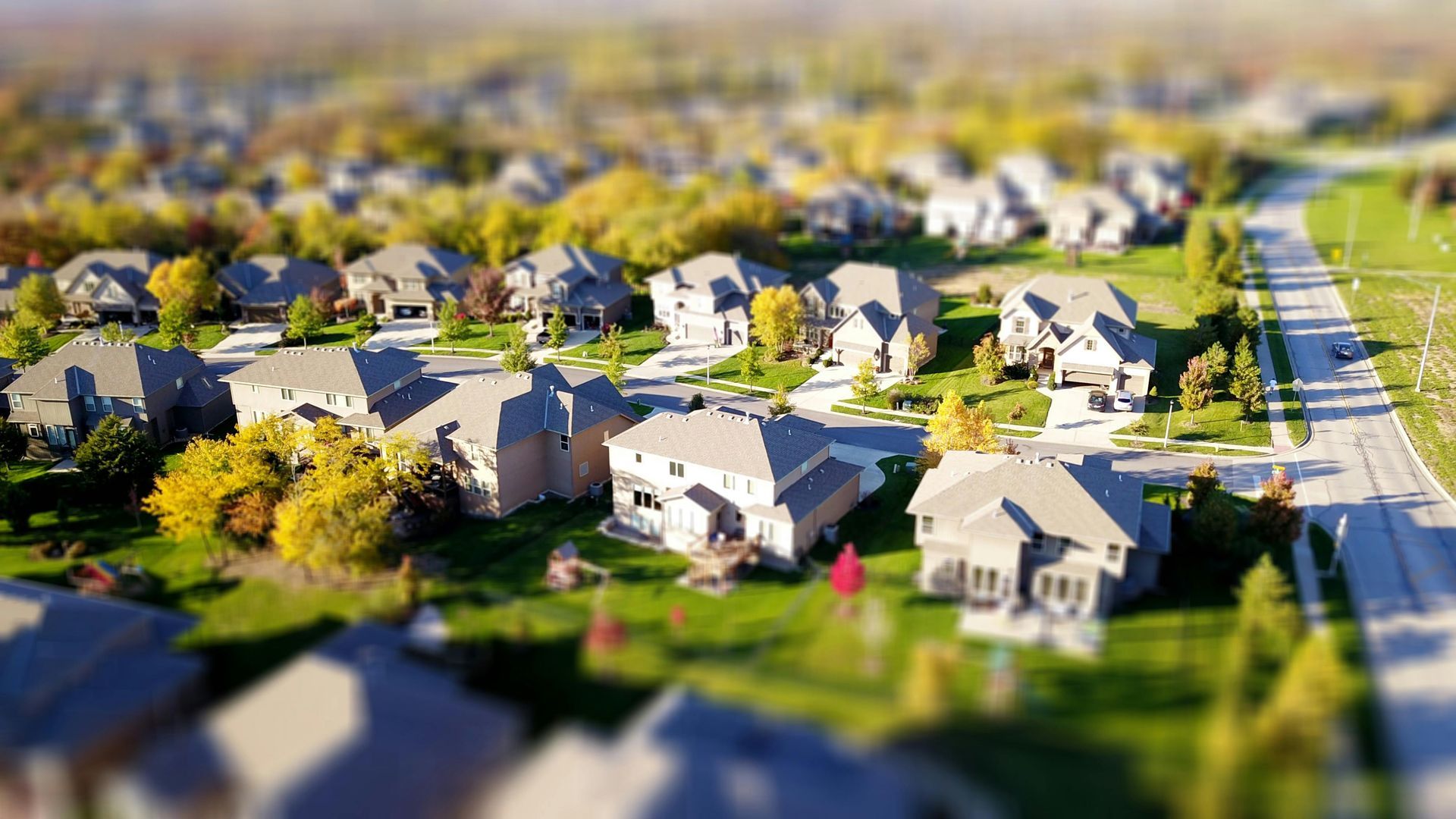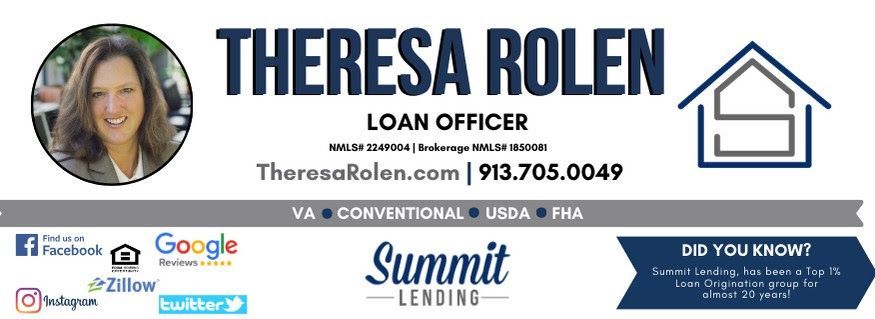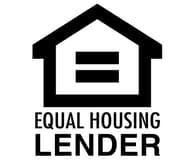How Much Home Can I Afford?
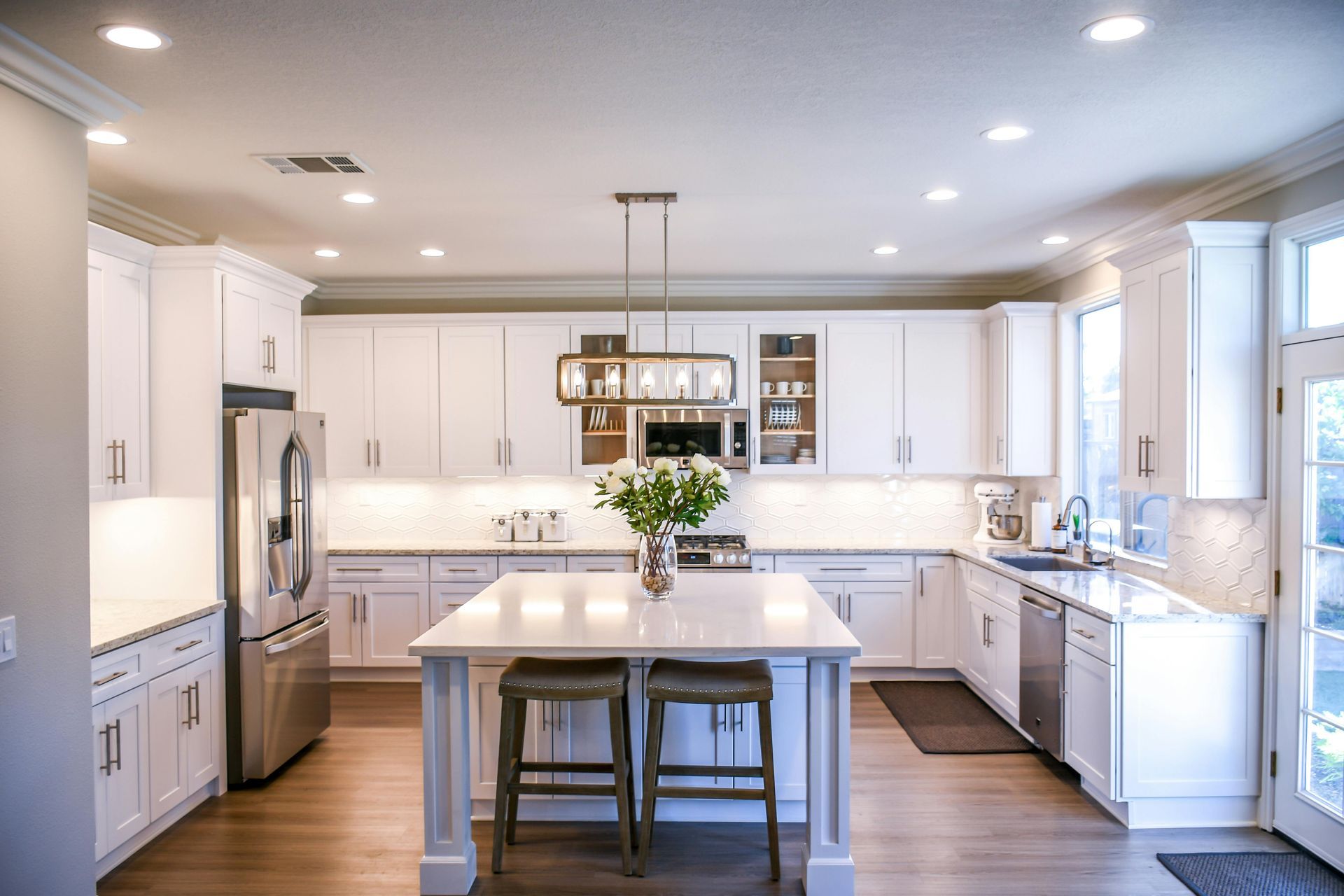
1. The 28/36 Rule: How It Determines Your Home Affordability
When figuring out how much house you can afford, the 28/36 rule is a simple guideline 🔢. It means:
- 28% Rule: Spend no more than 28% of your gross monthly income (money before taxes) on housing costs.
- 36% Rule: Spend no more than 36% of your gross monthly income on all debts (housing, car payments, credit cards, etc.).
💡 Pro Tip: Think of the 28/36 rule as your "golden ratio" for home-buying success! ✨
Example: If you earn $5,000 per month:
- Housing costs should stay below $1,400.
- Total debts should stay below $1,800.
2. How to Calculate Your Monthly Mortgage Budget Like a Pro
Want to know how much house you can afford? Let’s break it down step by step 📝:
.1.0Understand PITI: This stands for Principal, Interest, Taxes, and Insurance. These are the 4 main parts of your mortgage payment 🏡.
💡 Think of PITI as the "core squad" of your monthly mortgage bill—don’t forget any of them! 💪
.2.0Example Calculation:
- House Price: $300,000
- Down Payment: 20%
- Interest Rate: 6%
Your principal and interest might cost about $1,440 per month. Add property taxes and insurance, and your total could be $1,800.
Scenario with 6.9% interest and 3% down payment:
- House Price: $300,000
- Down Payment: 3% ($9,000)
- Loan Amount: $291,000
- Monthly Payment (Approx.): $2,020 (including principal and interest only)
Adding property taxes, insurance, and other costs could bring your total monthly payment to around $2,400. Be sure to factor in all expenses! 🔢
3. 5 Common Mistakes People Make When Deciding How Much House to Buy
Buying a house is exciting, but don’t let these common mistakes ruin it 🏠:
- Forgetting Hidden Costs: Property taxes, repairs, and HOA fees can surprise you 🌐.
- Overestimating Income: Don’t count on raises or bonuses that haven’t happened yet 🤷♂️.
- Skipping Pre-Approval: Without pre-approval, you might look at homes outside your price range.
- Ignoring Lifestyle Expenses: Hobbies, dining out, or traveling still need room in your budget 🍽️.
- No Emergency Fund: A mortgage shouldn’t leave you without savings for surprise expenses 🚫.
💡 Cool Tip: Avoid these traps by making a "what-if" checklist—like "What if I need new appliances or repairs?" 🛠️
4. What’s Your Real Budget? Balancing Lifestyle and Homeownership
Getting approved for a big loan doesn’t mean you should spend it all 🤑. Think about your lifestyle:
🌍 Do you love to travel? 🍽️ Eat out often? 🌈 Save for future goals?
💡 Don’t let a big house squash your fun budget! Life’s too short to skip adventures for a fancy living room.
5. How Your Credit Score Affects How Much House You Can Afford
Your credit score is like your financial report card 🎓. A better score = better loan deals! 🚀
Why it matters:
- Higher scores can get you lower interest rates.
- Lower interest rates mean lower monthly payments.
💡 Pro Tip: Think of your credit score as the "VIP pass" to better mortgage terms. Keep it shiny! ✨
Example: On a $300,000 loan:
- At 5% interest: $1,610/month approximately
- At 6% interest: $1,800/month approximately
6. The Role of Down Payments: How They Impact Affordability
Your down payment is key to how much house you can afford 📚. Here’s why:
- Bigger down payment = smaller loan = lower monthly payments 💸.
- Put at least 20% down to avoid private mortgage insurance (PMI).
💡 Cool Insight: A 20% down payment is like the "all-access pass" to lower costs—but smaller down payments can still get you in the door! 🚪
Example: For a $300,000 house:
- 5% down = $15,000
- 20% down = $60,000
- 3% down = $9,000 (monthly payments will be higher due to a larger loan and possible PMI).
7. Affordability Beyond the Sticker Price: The Hidden Costs of Homeownership
Buying a home isn’t just about the sticker price ❓. Watch out for these hidden costs:
- Property Taxes: Can add $200–$500+/month, depending on your location 🌍.
- Insurance: Homeowners insurance costs $1,000–$2,500/year 🏠.
- Maintenance: Save 1% of your home’s value every year for repairs 🔧.
- HOA Fees: Can range from $50 to $500+/month
📊 Pro Tip: Make sure these costs fit into your budget before buying.
8. Rent vs. Buy: How Much Can You Afford to Spend on a Home?
Should you rent or buy? Let’s compare 📊:
Renting Pros:
- Lower upfront costs 🏡, unless you qualify for a low or zero down payment purchase option for a home.
- More flexibility if you plan to move. However, you may also want to ask a broker or lender about ARM options if you do not intend to stay in a home for a long period.
Buying Pros:
- Builds equity over time 💰.
- Fixed-rate mortgages keep payments stable.
💡 Cool Perspective: Think of renting as a short-term lease on life and buying as leveling up to long-term stability. Which fits your goals? 🏆
9. How Interest Rates Shape Your Homebuying Power
Interest rates make a big difference in how much house you can afford 🔋.
Example:
- At 5% interest: A $300,000 loan costs ~$1,610/month.
- At 6% interest: The same loan costs ~$1,800/month.
- At 6.9% interest: The same loan costs ~$2,020/month.
💡 Cool Reminder: Even a tiny change in interest rates can be a "game-changer." Lock in a good rate when you can! 🔒
10. Pre-Approval 101: The Key to Knowing Your Budget
Pre-approval is like a golden ticket 🎫 when buying a home. It tells you how much house you can afford and shows sellers you’re serious 💼.
What you’ll need:
- Tax returns
- Pay stubs
- Bank statements
💡 Cool Perk: Pre-approval lets you shop with confidence—it’s like having a backstage pass to your dream home! 🎤




